Audience
If you’re a developer with a keen interest in providing automated solutions for your organization, this certification could be a great fit for you. You know how to automate time-consuming and repetitive tasks by using Microsoft Power Automate. You review solution requirements, create process documentation, and design, develop, troubleshoot, and evaluate solutions. Working with business stakeholders, you help to improve and automate business workflows. And you collaborate with administrators to deploy solutions to production environments and to support solutions.
Prerequisites
Candidates should have experience with JSON, cloud flows and desktop flows, integrating solutions with REST and SOAP services, analyzing data by using Microsoft Excel, VBScript, Visual Basic for Applications (VBA), HTML, JavaScript, one or more programming languages, and the Microsoft Power Platform suite of tools (AI Builder, Power Apps, Dataverse, and Power Virtual Agents).
Skills Gained
After completing this course, students will be able to:
• Design solutions
• Develop solutions
• Deploy and manage solutions
Course outline
Section 1: Design solutions
Determine how to interact with an application targeted for automation
• evaluate whether a target application can be automated
• choose which automation technology to use to interact with a target application,
• including using selectors and user interface element inspection
• plan connection, payload, and other relevant information for required APIs
• verify access to target applications
Determine which types of Power Automate flows to implement
• differentiate cloud flows and desktop flows
• select which logical components are required for a solution, including flows, triggers
• connectors, canvas apps, and model-driven apps
• develop a strategy for running flows, including running flows serially or in parallel
• choose connectors for a solution, including custom connectors
Design the solution
• design an automation model that includes required flow types and automation methods
• select the types of triggers to use to meet specific business requirements
• choose whether to run the solution attended versus unattended
• develop fault tolerance requirements for the solution
• design required user interface elements for a solution
• design retry and exception handling logic
• design a strategy for scaling a solution and reusing solution components
• design required variables and variable types
Section 2: Develop solutions
Create core solution components
• create custom connectors
• create components to launch, connect to, and authenticate with target applications
• create components to perform business logic and process transactional work
• create components to safely exit from and close target applications
• create components that perform actions by calling external APIs
• implement actions to perform application integration tasks
• implement system actions to run custom scripts and change target screen resolution
• implement Power Automate actions to run Microsoft Office scripts
• create flows by using Microsoft Visio, the mobile app for Power Automate, and other tools
Configure solution components
• select an environment for the solution, and configure environment details
• map target application accounts to environments and other solution components
• configure connection features, and manage references to connections
• configure flow queues, triggers, and schedules
Enhance solution components
• create exception handling blocks to manage business and system exceptions
• create routines to handle and log errors and business exceptions
• create routines to manipulate Power Automate data objects, including JSON objects
• configure role-based security
• configure security for sensitive data
Integrate AI Builder and Azure Cognitive Services with solutions
• describe use cases for and capabilities of AI Builder
• describe the Bring your own AI model feature
• differentiate between prebuilt and custom-trained AI Builder models
• select the appropriate AI Builder model for a solution
Finalize development and test solutions
• differentiate between features and behaviors of debug and compiled solutions
• create and implement a test plan
• perform unit testing, and resolve identified issues
• configure and run attended and unattended desktop flows
• debug solutions by using Power Automate debugging features, including Run from here and breakpoints
• identify machine-level differences and dependencies
• prepare and deploy solutions to a user acceptance testing (UAT) environment
Section 3: Deploy and manage solutions
Configure solution infrastructure
• configure machine management options, including machine registration and machine groups
• implement queue management to distribute workloads
• implement logging and alerts
• implement role-based access control (RBAC)
• manage credentials by using Azure Key Vault
• determine whether to implement data loss prevention (DLP) policies at the tenant level or the environment level
• implement Data Loss Prevention (DLP) policies and other options to protect sensitive and confidential data
• connect to on-premises data by using a data gateway
• Prepare solutions for deployment to production
• create and manage environment variables and solution configuration files
• select a package type, and prepare a solution package
• configure priority for flows
• configure machines and machine groups
• configure child flows
Deploy and manage solutions
• replicate settings from development and user acceptance testing (UAT) environments to production
• deploy a solution to a production environment
• describe use cases for and capabilities of process advisor
• monitor solutions by using process advisor
• upgrade and patch solutions
Share solutions and collaborate with others
• describe the process for sharing solutions
• create a copy of a cloud flow, and send the flow to other users
• share a cloud flow with a user as a co-owner or run-only user
• share a desktop flow
• share machines and machine groups
Schedule
Click on the following link to see the current Course Schedule
Our minimum class-size is 3 for this course.
If there are no scheduled dates for this course, it can be customized to suit the time and skill needs of clients and it can be held online, at a rented location or at your premises.
Click on the following link below to arrange for a custom course: Enquire about a course date


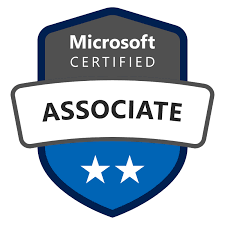
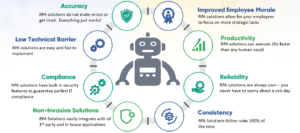
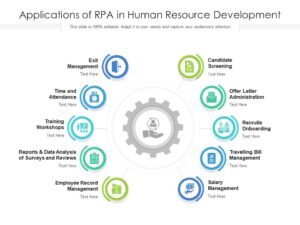
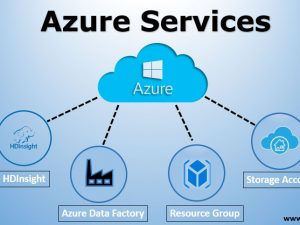
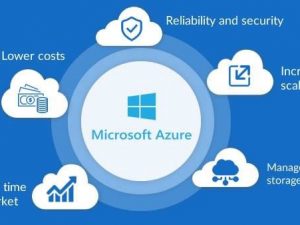

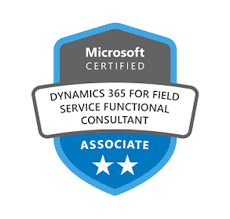
Reviews
There are no reviews yet.